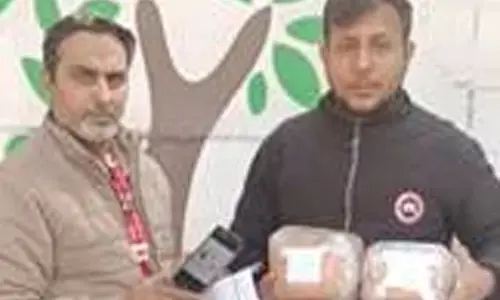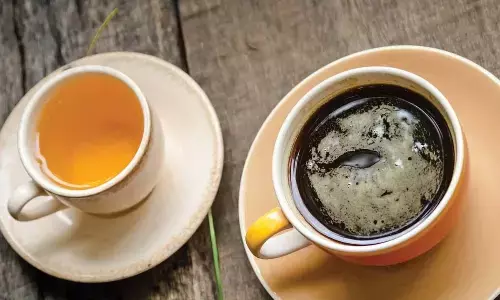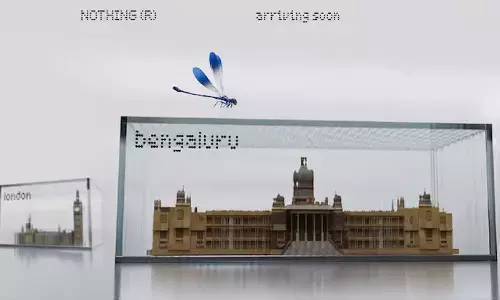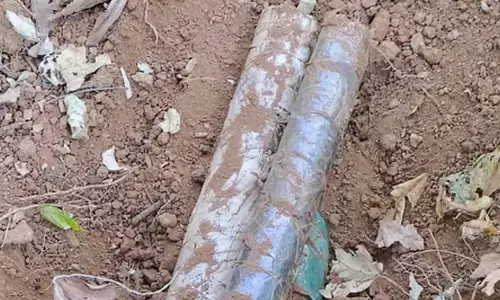Fascinating Valencia!

Valencia, a delightful but less frequented port city on the East Coast of Spain throws many pleasant surprises at its visitors, and charms them for life!
Valencia, a delightful but less frequented port city on the East Coast of Spain throws many pleasant surprises at its visitors, and charms them for life!
People who are passionate, sophisticated and love the good things in life, often head to Spain. That is because; Spain offers the best of holidays, amidst romantic settings of the Mediterranean.

The third largest city of Spain, Valencia was founded as a Roman colony in 138 BC on the banks of the Turia River. Valencia’s more than 2000 years of history reflects in every corner of the city. A rich blend of tradition and modernity, Valencia appeals to many a tourist with varied interests. The number of monuments, cultural sights, stages and museums in Valencia is extensive.
 The Silk Exchange
The Silk Exchange
The Lonja de la Seda, also called the Merchants Market is Valencia’s most prominent Gothic civil building, a symbol of the city’s Golden Age, due to the commercial and social revolution it caused at the time. The importance of the silk industry, as well of Valencia’s geographic location, made the city a hub of numerous business transactions. It is now a UNESCO World Heritage Site and the most visited.
The “Plaza de la Virgen”, showcasing its 21 centuries of history, holds two heritage treasures- the Valencia Cathedral and the Basilica of the Virgin. The Cathedral sits on a Roman temple which later became a mosque and dates back to the 13th century. The Holy Grail which, according to tradition, Jesus used at the Last Supper is housed here. The Basilica of the Virgin is one of the first known in Spain that is dedicated to the worship of the image of the Virgin and boasts the “Camarin”, a highly significant Baroque element.
The Water Court is the oldest existing justice institution in Europe and holds UNESCO Heritage status. Travelling back to over 1,000 years to the time of the Moorish conquest, the water court was originally set up to resolve water disputes.
It is a remarkable system that has served its purpose for over 1,000 years. Though there are hardly any water disputes now, every Thursday the water court is in session at the Plaza de la Virgen.
The City of Arts and Science is the biggest recreational and cultural centre in Europe, with a highly notable architecture by two internationally renowned Spanish architects. A must visit in this complex is the Oceanografic and the underwater city which features the major oceans and seas of the planet. It is the largest aquarium in Europe with more than 45,000 animals and 500 different species on view. Giant spider crab, seals, sea lions, sharks, rays and sunfish amaze you at the 70 metre-long Ocean Tunnel. Dolphins, penguins and beluga whales delight the young and old.
Bioparc Valencia is more than a zoo: it is a trip to the heart of Africa to discover more than 4,000 animals from over 250 different species, in perfectly recreated original habitat. Among the various museums, The National Ceramics Museum, and “Fallas’ Museum are quite popular.
The Turia Gardens crowning the old Turia river bed is the large traffic free green space measuring some 10 kms in length that enables visitors to cross the city on foot or bike almost to the shores of the Mediterranean Sea.
Valencia’s Central Market is one of the biggest in Europe, measuring some 8,000 sq mts in size, with over 1200 stands and a spectacular dome that stands 30 mts high. The market’s décor, based on stained glass and tiles, aesthetically combines with the ironmongery, and supports the structure. A buzzing place with shoppers, the best of fruit, vegetables, salt products, cheeses, meats, seafood and more are a delight to the taste, sight and smell.
.jpg) Paella
Paella
It is a sacrilege to leave Valencia without tasting the very soul of their cuisine, the “Paella”.
When the Arabs started growing rice near the Albufera National Park in the 8th century, the local residents invented a stew made of rice combined with local products, which became Paella. The name of the dish comes from the container in which it is cooked. The original recipe, besides DO Valencia rice, includes chicken, rabbit, green beans, broad beans, tomato, rice, olive oil, water, saffron, garlic and salt. Traditionally it is cooked “on a wood fire” and eaten from the pan itself with a wooden spoon, or on individual plates.
The delicious paella is best combined with DO Valencia wines which certainly contribute to bring out the best of the Mediterranean character of this international dish and leave behind, pleasant gastronomic memories.















